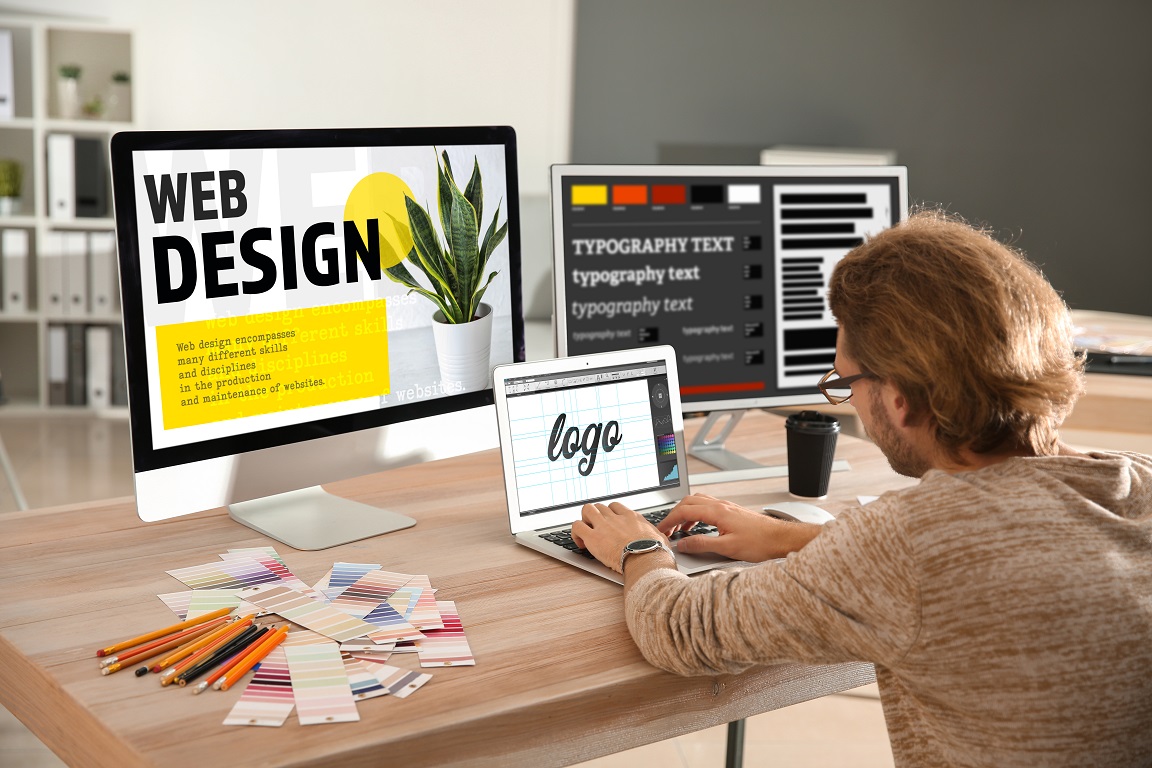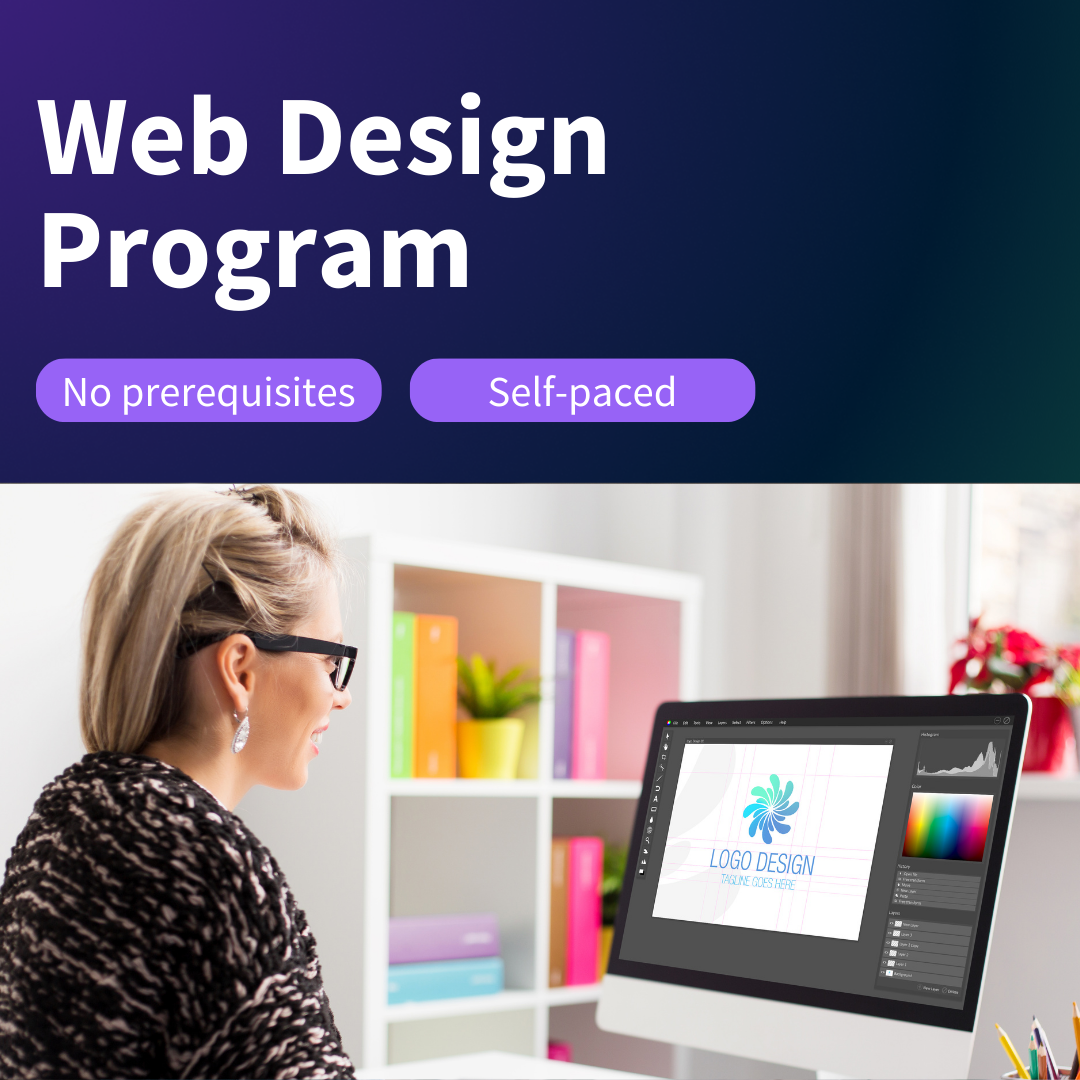The Role of Accessibility in Web Design South Africa and Why It Matters
Exactly how to Raise Your Online Existence Through Cutting-edge Web Design Strategies
In today's electronic landscape, a strong online visibility is necessary for businesses and individuals alike. Ingenious web Design methods play a crucial role in achieving this goal. By focusing on elements such as receptive Design, bold typography, and involving visuals, one can develop a website that resonates with users. Nevertheless, the trip to effective web Design includes even more than simply aesthetics. Checking out the vital components can reveal exactly how to really transform an on-line identification.
Understanding the Importance of First Impressions
Just how crucial are initial impacts in the domain name of website design? They act as essential portals to user interaction, affecting whether site visitors remain or leave. A well-crafted website can evoke trust and professionalism, while an inadequately designed one may raise questions and punctual customers to look for choices. Crucial element such as color pattern, typography, and format play substantial functions fit these impressions. For example, a clean, contemporary Design can improve individual experience and motivate expedition. Alternatively, messy or out-of-date visuals can bewilder and prevent potential customers. Inevitably, a web site's initial effect can determine user habits, making it vital for designers to focus on looks and performance to develop long-term connections with their audience.
Embracing Receptive Design for All Devices

Mobile-First Design Strategy
As the electronic landscape remains to progress, the mobile-first Design strategy has become a crucial technique for creating internet sites that accommodate an increasingly mobile-oriented audience. This method focuses on designing for smaller sized screens first, guaranteeing that important web content and performances come from the outset. By concentrating on mobile users, developers are compelled to streamline content and enhance usability, bring about an extra effective browsing experience. As smart phones end up being the main means of accessing the internet, applying a mobile-first technique not only enhances user involvement but likewise increases online search engine rankings. Organizations that embrace this Design philosophy placement themselves competitively in the market, guaranteeing their online visibility resonates with individuals across all gadgets.
Liquid Grid Systems
Liquid grid systems represent a fundamental change in internet Design, enabling smooth adaptability throughout diverse tools and screen dimensions. Unlike standard set formats, fluid grids make use of relative systems like portions as opposed to pixels, permitting elements to resize proportionally (Web Design Johannesburg). This adaptability assures that content preserves its honesty and use, no matter the customer's tool, whether it be a tablet, desktop, or smartphone . By accepting fluid grid systems, designers can create aesthetically attractive and useful interfaces that boost customer experience. In addition, these systems streamline upkeep and updates, as changes automatically mirror throughout all screen dimensions. Eventually, fluid grids are vital for modern-day internet advancement, advertising a responsive Design philosophy that accommodates a progressively mobile-centric target market
Utilizing Strong Typography and Color Pattern
Vibrant typography and strategic color design play an essential role in web Design, influencing customer involvement and psychological feedback. The options made in typography can enhance brand identification, while color psychology can evoke specific feelings and responses. Striking an equilibrium between readability and visual appeal is essential for efficient communication in any Design task.
Effect of Typography Choices
Typography serves as an effective tool in internet Design, influencing both aesthetics and individual experience. The selection of typefaces can stimulate certain feelings and established the tone for an internet site. Strong typography, as an example, creates a sense of importance and necessity, attracting focus to essential messages or calls to activity. It aids establish hierarchy, allowing customers to navigate web content much more intuitively. Pairing different font styles can improve aesthetic passion while maintaining readability. Color pattern additionally play a crucial function in typography, as contrasting shades can make message attract attention and improve legibility. By thoughtfully selecting typography and colors, internet developers can greatly boost interaction, guaranteeing that content reverberates with the target market and enhances brand name identity.
Shade Psychology in Design
Color plays a vital role fit customer perceptions and psychological reactions in website design. By tactically using color pattern, designers can evoke details feelings and affect user actions. As an example, warm colors like red and orange can create a sense of seriousness, while cooler tones such as green and blue typically promote peace and trust. Vibrant typography can improve this result, accentuating essential messages and guiding customer communication. When combined properly, dynamic shades and striking typefaces can produce a appealing and unforgettable experience. Developers must consider their target audience and the emotional implications of their color options to assure positioning with the preferred branding and individual experience (Seo Company Klerksdorp). Ultimately, the thoughtful application of color psychology can greatly boost an internet site's influence
Balancing Readability and Style
When developing a visually attractive internet site, developers should focus on the delicate equilibrium in between readability and stylistic options. Bold typography can improve a site's character, but if overused, it takes the chance of overwhelming the content. Designers ought to pick font styles that not just share the preferred mood but additionally stay readable across different tools.
Shade plans play a crucial function in this balance. Effective use contrast can highlight crucial elements without compromising quality. Refined variants in More Bonuses shade can assist customers' interest while maintaining a cohesive visual. Eventually, a well-designed web site should ensure that design complements performance, fostering an interesting user experience. By thoughtfully mixing strong typography and critical color options, developers can accomplish a harmonious equilibrium that mesmerizes site visitors while making certain the material remains accessible.
Including Interactive Aspects for Engagement
Incorporating interactive elements right into website design considerably improves customer interaction and retention. Attributes such as tests, polls, and interactive infographics allow customers to proactively get involved as opposed to passively take in web content. This active involvement develops a feeling of link and financial investment in the internet site, which can lead to longer browse through durations. In addition, integrating components like hover results and computer animations can provide instant comments, making the individual experience more satisfying and dynamic. Social sharing buttons and remark areas enable customers to get in touch with others, promoting a neighborhood around the content. On the whole, these interactive components not only make the web site extra aesthetically appealing but likewise encourage individuals to return, significantly boosting general involvement metrics and improving the site's performance as an interaction device.
Enhancing User Experience With Instinctive Navigation
How can intuitive navigating change a user's experience on an internet site? It acts as the foundation of customer interaction, leading visitors flawlessly with web content. By utilizing clear menus, logical paths, and constant layout, users can swiftly situate the information they look for. This effectiveness decreases irritation, decreases bounce rates, and motivates long term interaction. Furthermore, intuitive navigating boosts availability, providing to varied customer needs, including those with handicaps. When customers can navigate easily, they are more probable to return, fostering loyalty and trust fund. Ultimately, a well-structured navigation system not only enhances user complete satisfaction but also elevates the overall effectiveness of the web site, making it a crucial part of ingenious website design techniques.
Leveraging Visual Storytelling Via Imagery
What function does imagery play in crafting an appealing narrative on a website? Imagery works as a powerful device for aesthetic storytelling, capturing the essence of a brand name and communicating emotions that words typically can not. By tactically selecting images that line up with the material, websites can produce a cohesive narrative that resonates with site visitors. Visual components can evoke sensations of interest, trust fund, or exhilaration, improving user interaction and motivating deeper exploration of the site. Furthermore, high-quality visuals match the total Design, making the experience more dynamic and enticing. In a digital landscape where interest periods are limited, reliable images can set apart a web site from rivals, ultimately adding to an extra unforgettable individual experience and a more powerful online existence.
Enhancing for Rate and Efficiency
While engaging visuals are important for storytelling, improving a site for speed and performance is equally important for assuring a positive user experience. A slow-loading site can hinder visitors, resulting in higher bounce prices and reduced conversions. To attain peak efficiency, web designers ought to prioritize image compression, decrease HTTP requests, and utilize browser caching. Furthermore, making use of Content Distribution Networks (CDNs) can disperse content effectively across numerous locations, reducing lots times. Applying asynchronous packing for manuscripts and focusing on above-the-fold content also boosts performance. Frequently keeping track of site speed via tools like Google PageSpeed Insights assists identify bottlenecks. By concentrating on these techniques, organizations can ensure you could look here their sites are not only aesthetically appealing however additionally rapid and responsive, ultimately promoting customer fulfillment and involvement.
Frequently Asked Inquiries
Just How Can I Gauge the Performance of My Website Design?
To gauge website design performance, one can evaluate individual interaction metrics, track conversion prices, conduct A/B testing, collect user comments, and analyze the web site's performance across different devices to assure optimal customer experience.

What Are the most effective Devices for Checking Internet Site Design?
To evaluate internet site Design performance, read here various devices are available. Popular alternatives include Google Analytics for website traffic analysis, Hotjar for individual behavior insights, and A/B testing systems like Optimizely to evaluate Design variations and user reactions.
How Often Should I Update My Site's Design?

The frequency of web site Design updates varies, yet normally, a refresh each to three years is advised. Normal evaluations ensure the site stays appropriate, user-friendly, and lined up with advancing industry requirements and technical developments.
What Are Usual Website Design Mistakes to Avoid?
Common website design blunders to prevent include messy layouts, inadequate navigating, non-responsive styles, slow loading times, and disregarding mobile individuals. Web Design Johannesburg. Addressing these issues can significantly boost customer experience and boost general web site performance
How Can I Guarantee My Website Comes to Every person?
Ensuring website availability includes applying alternative message for images, utilizing clear navigation, adhering to shade comparison standards, and giving key-board navigating choices. Regular testing with varied users can better boost ease of access and boost user experience.
